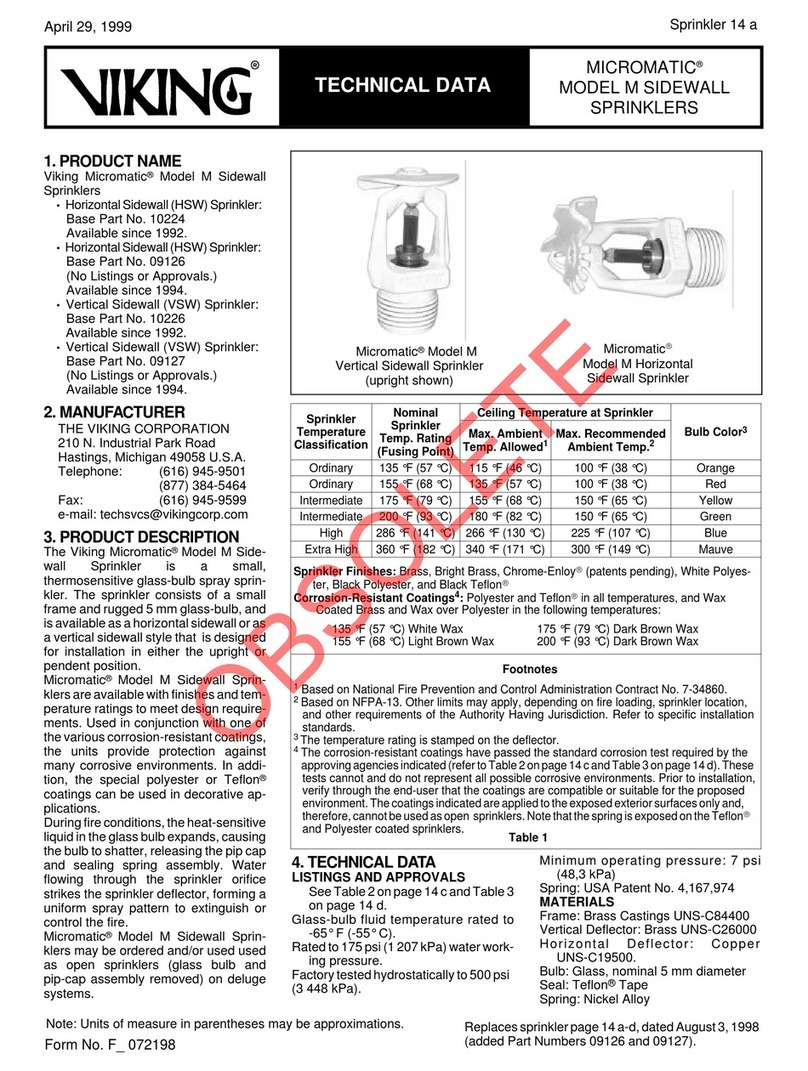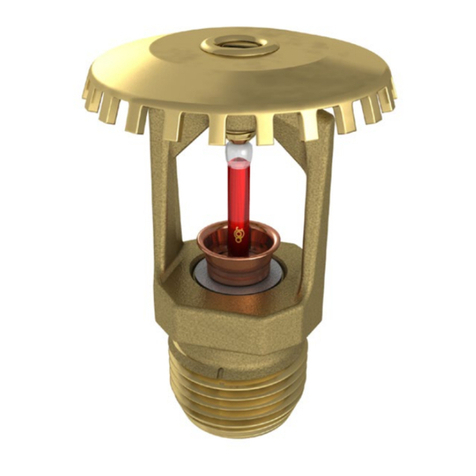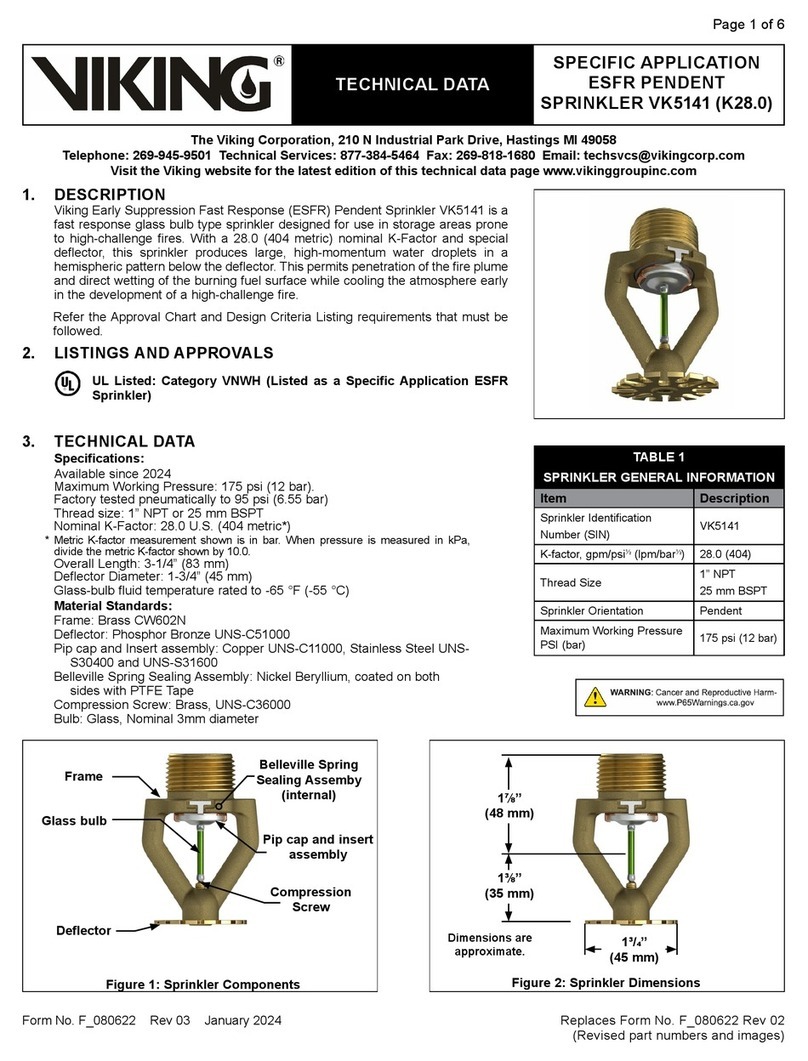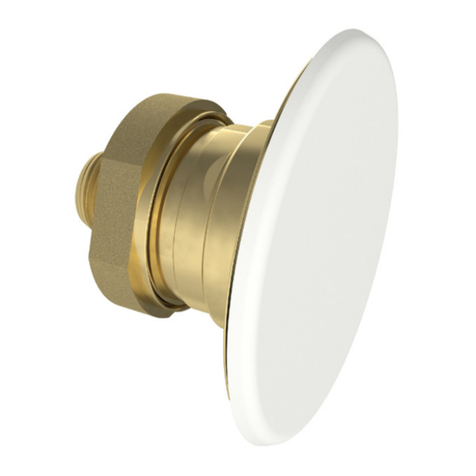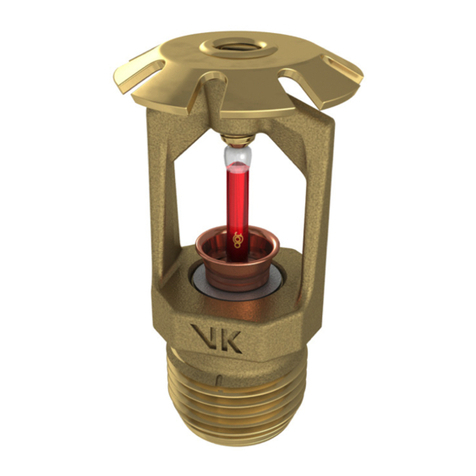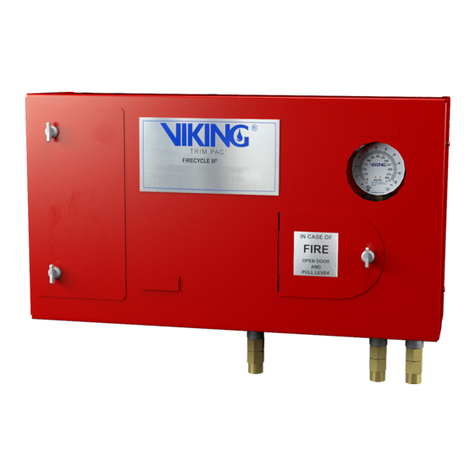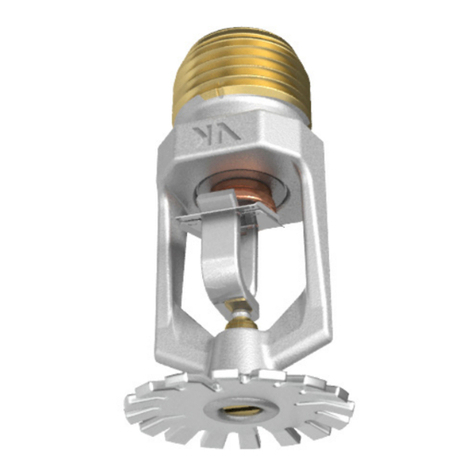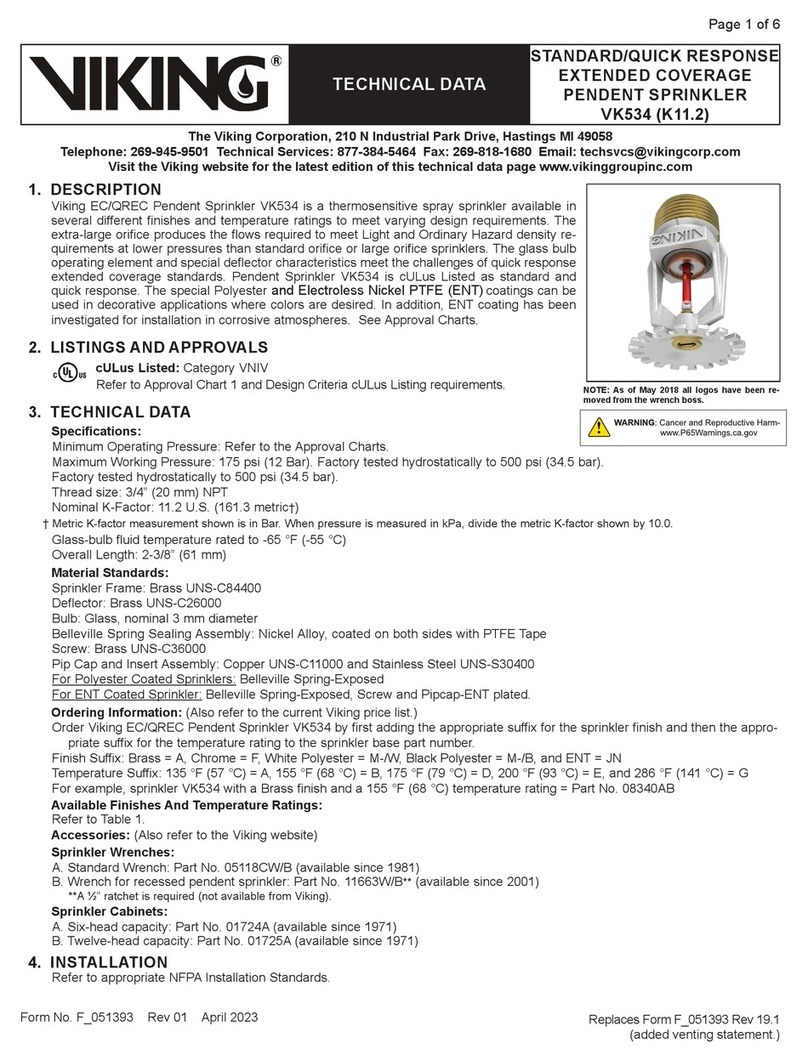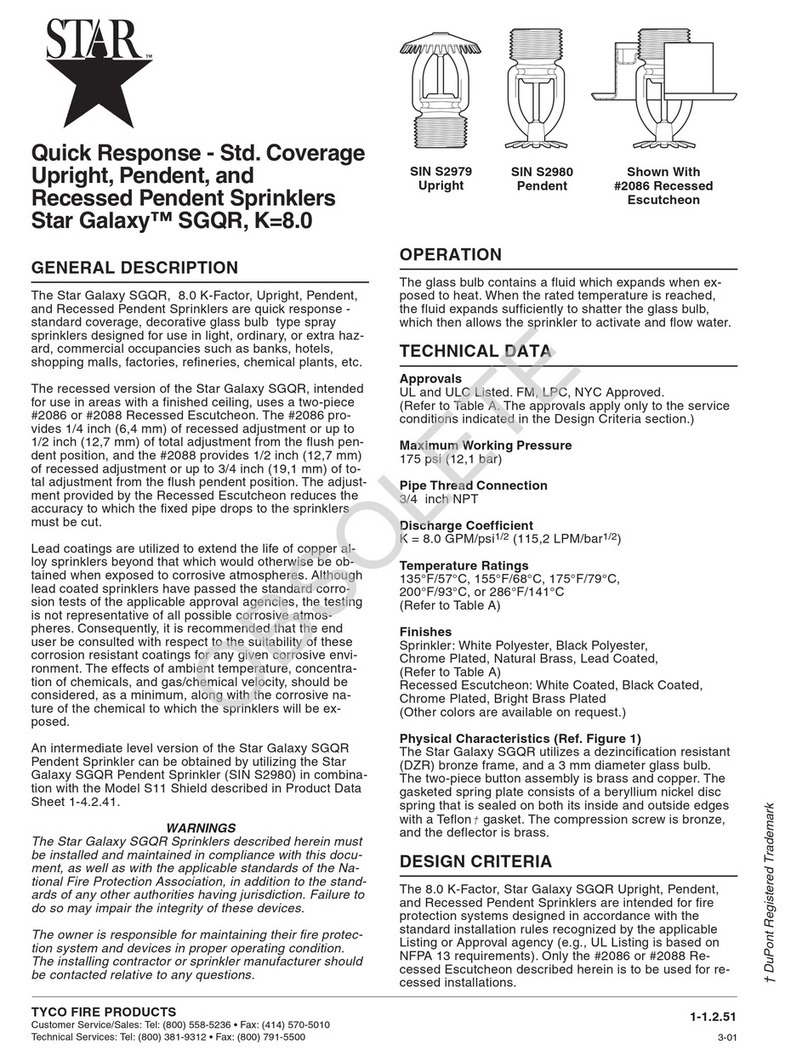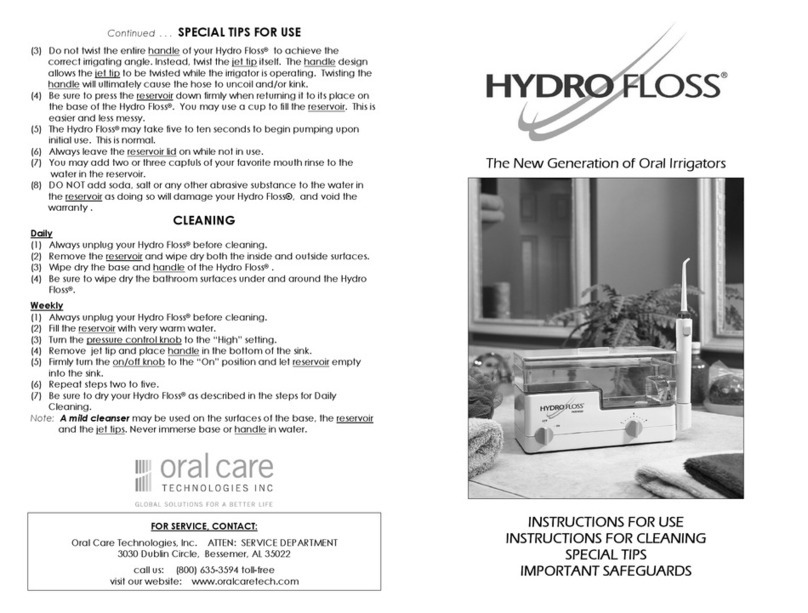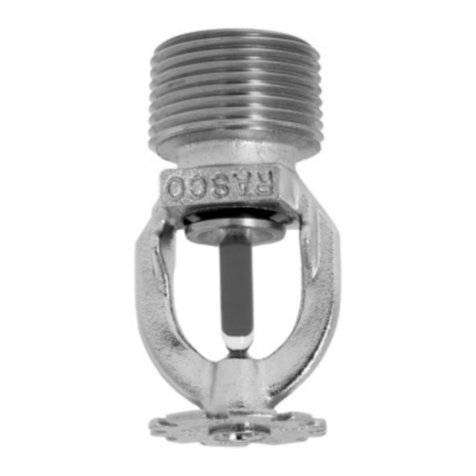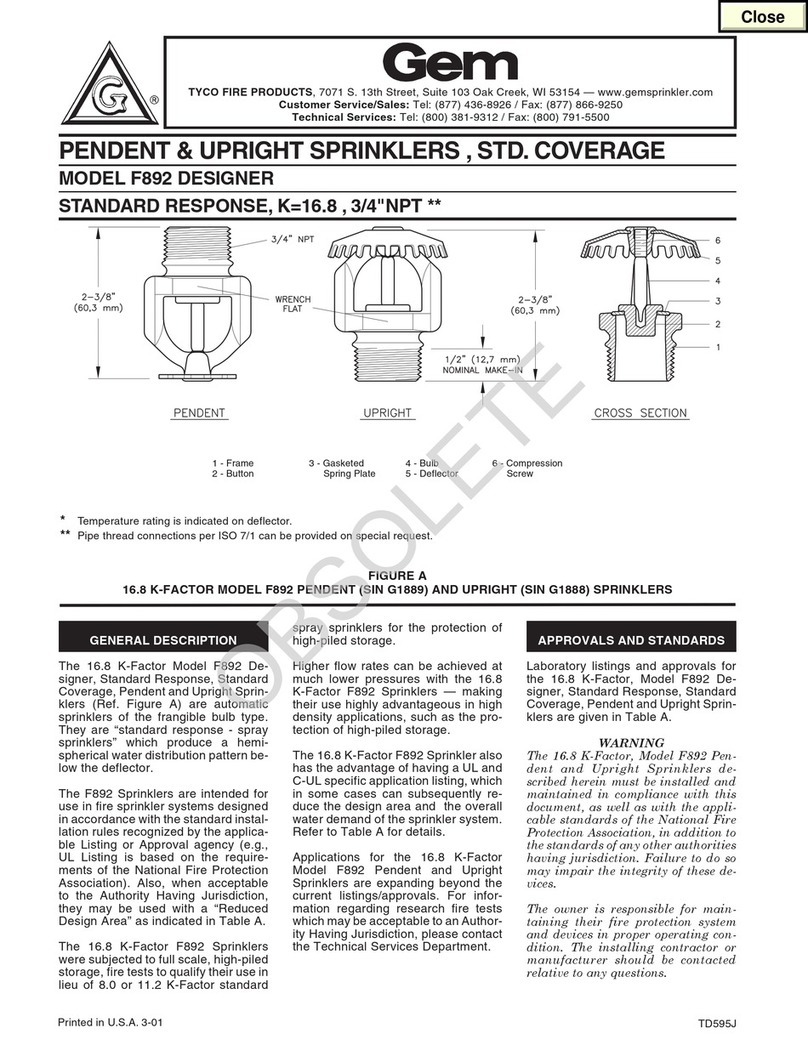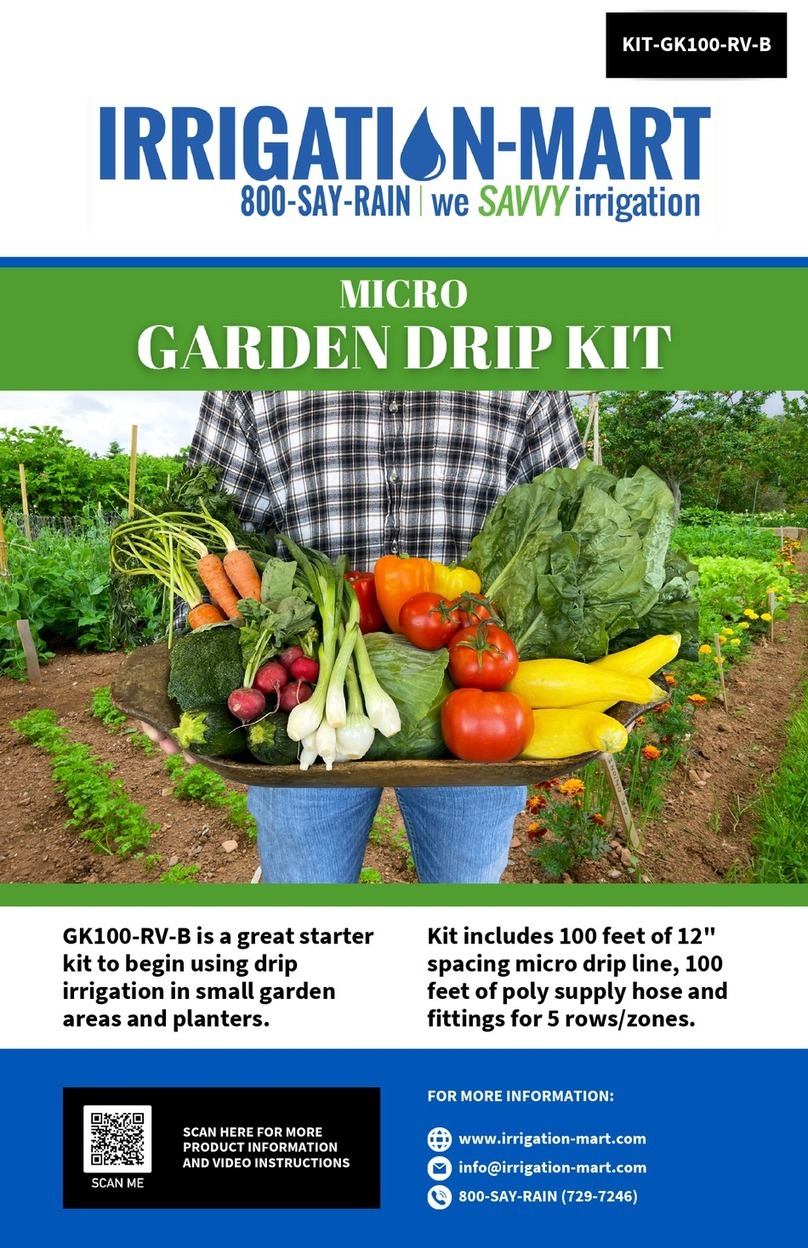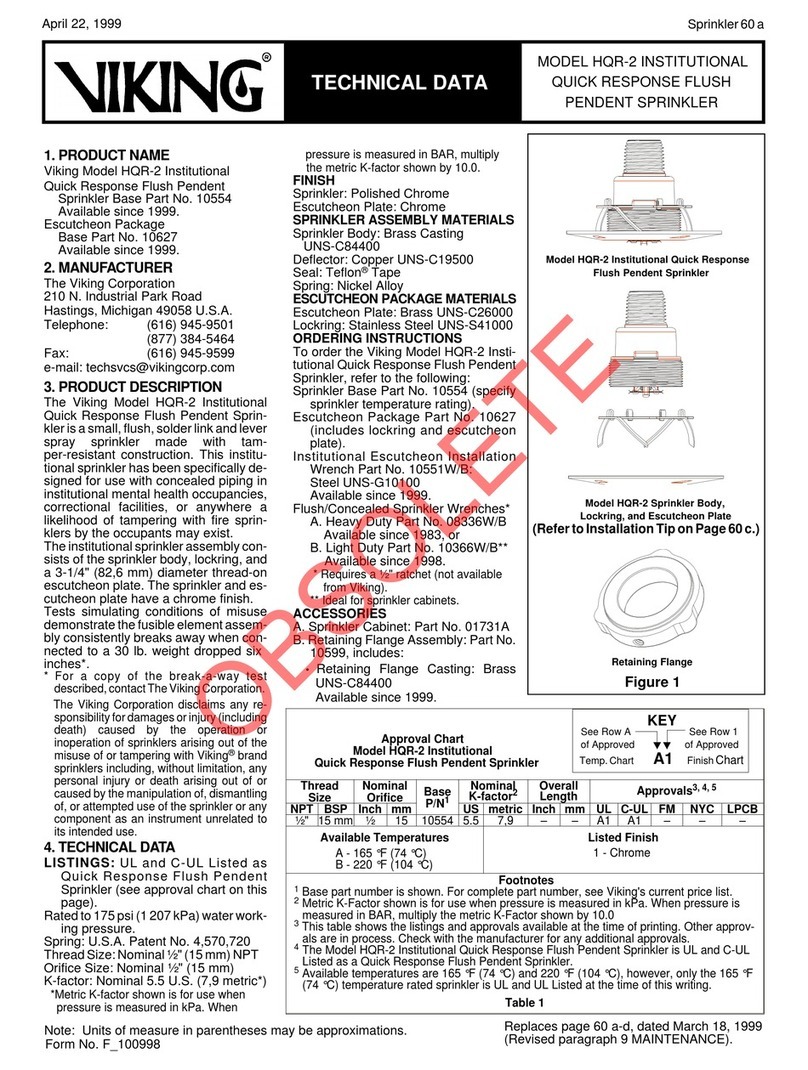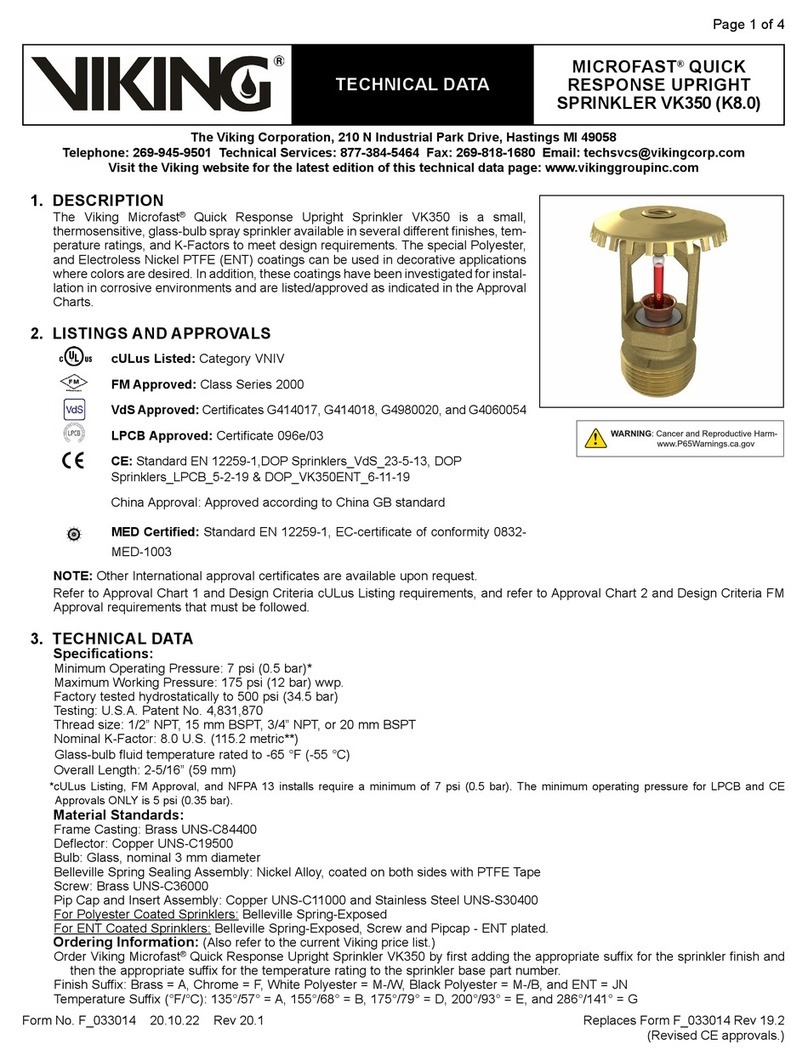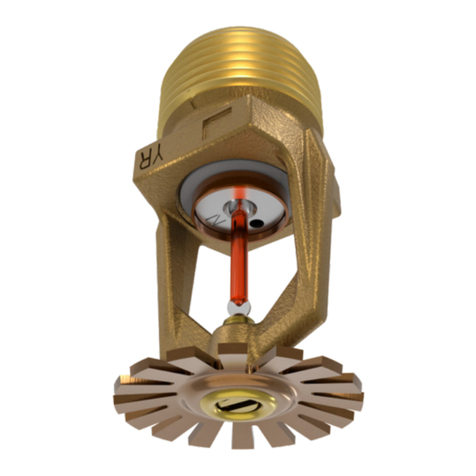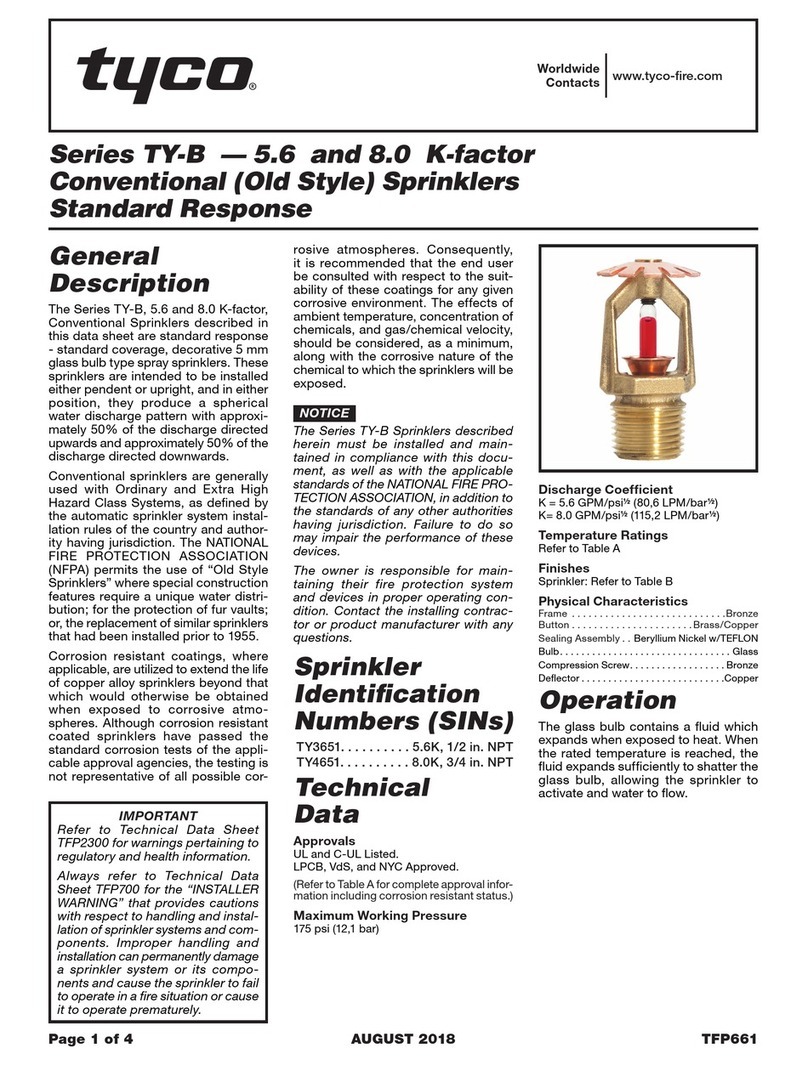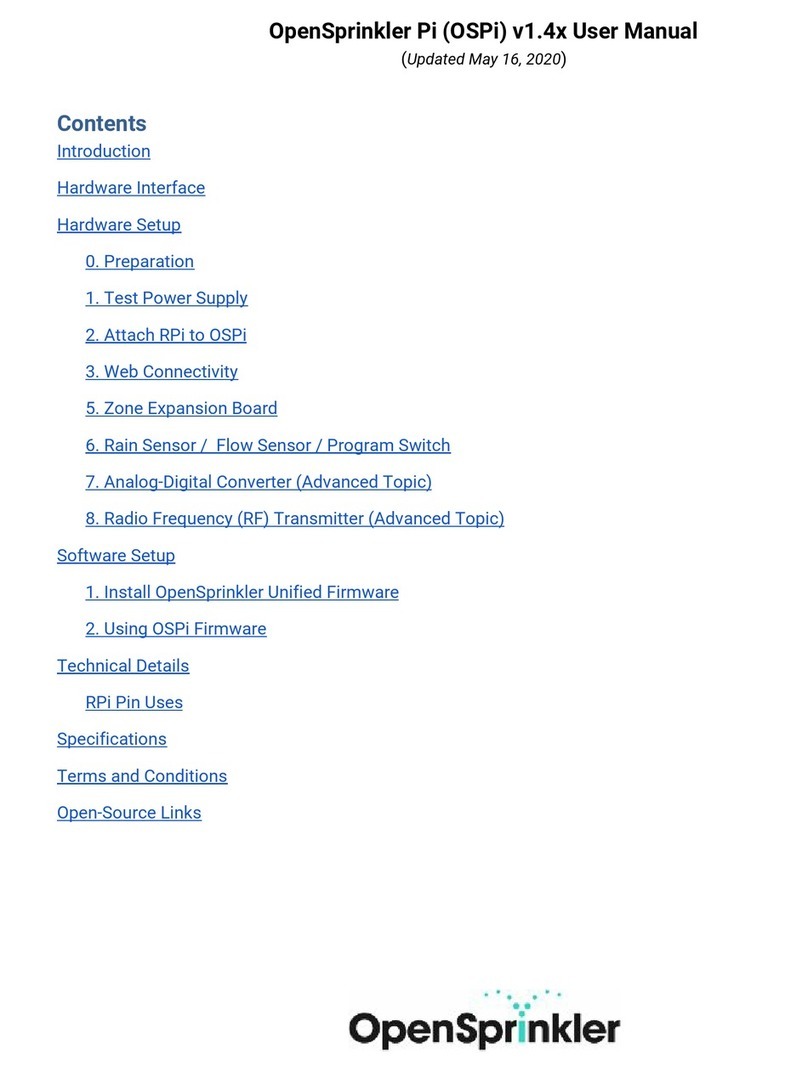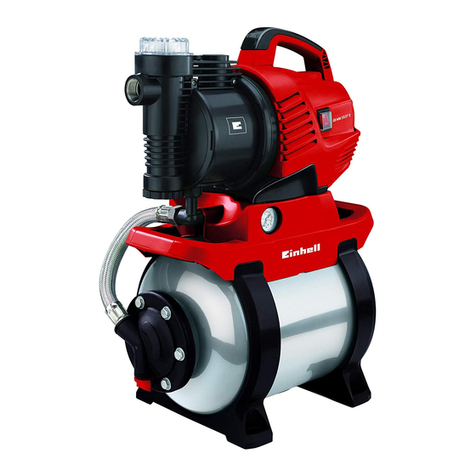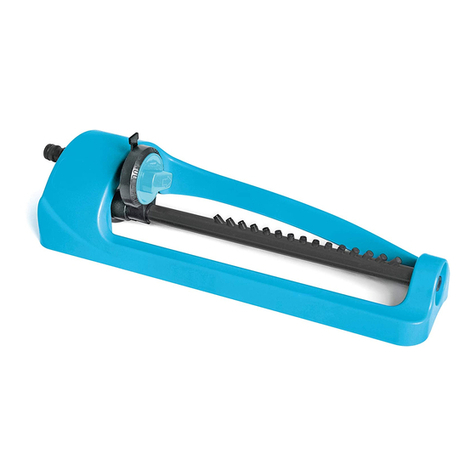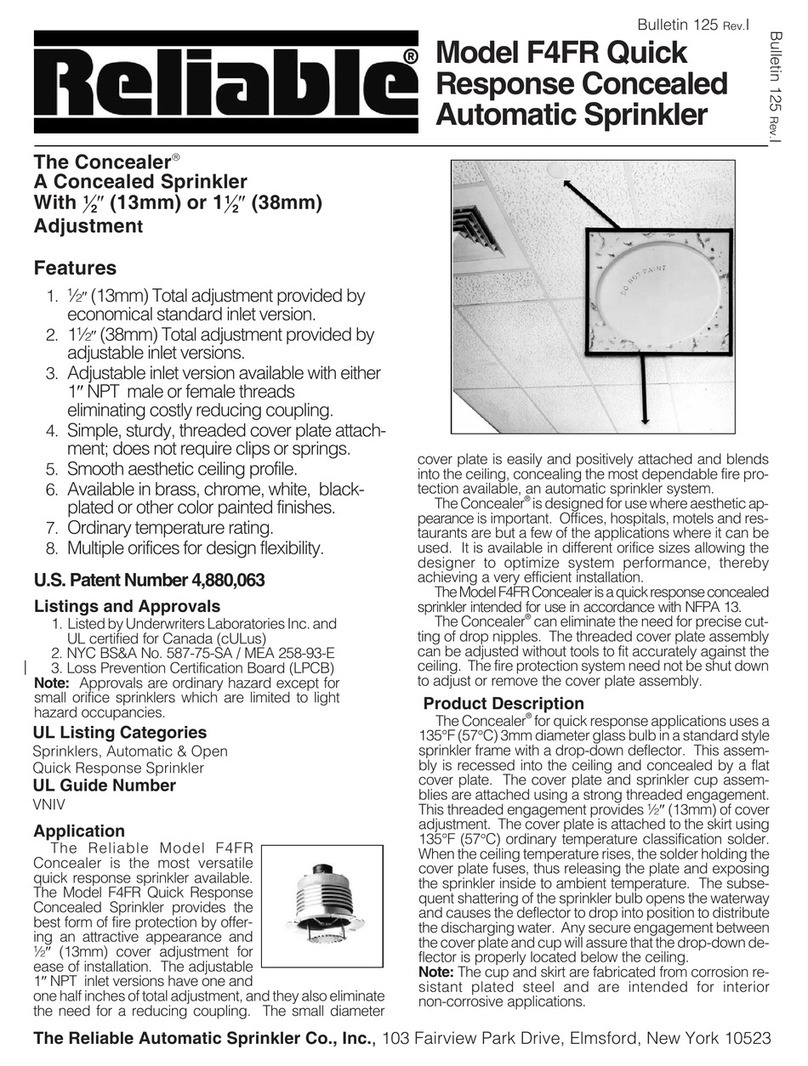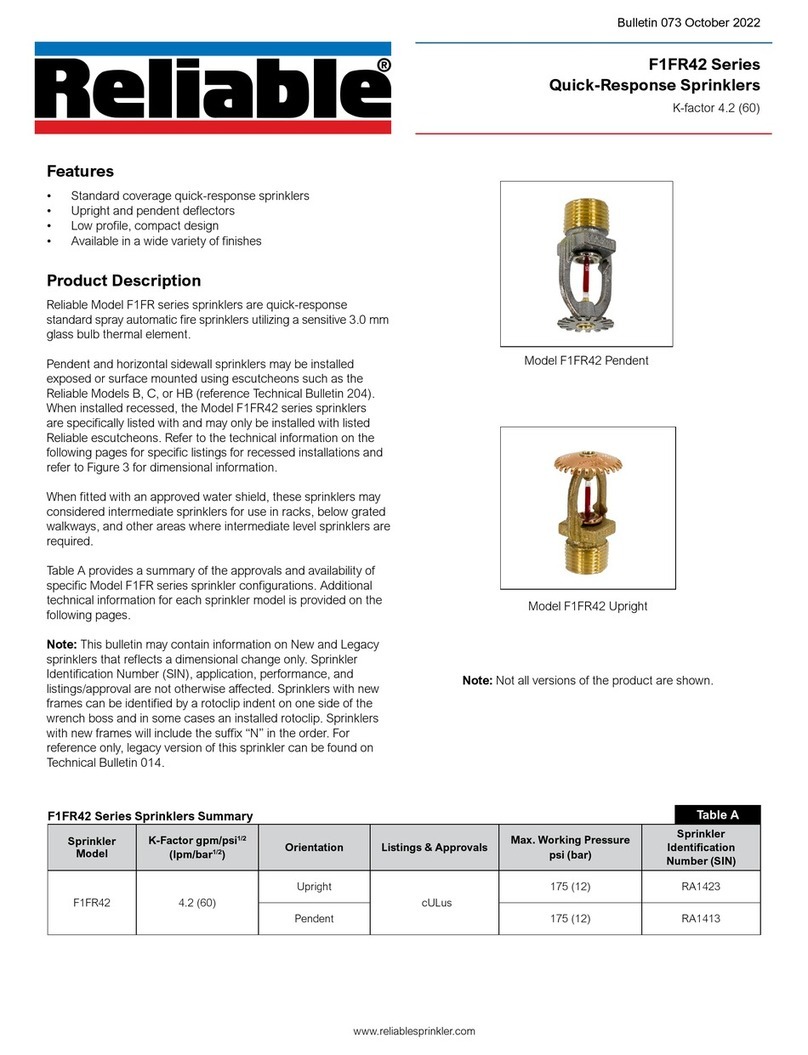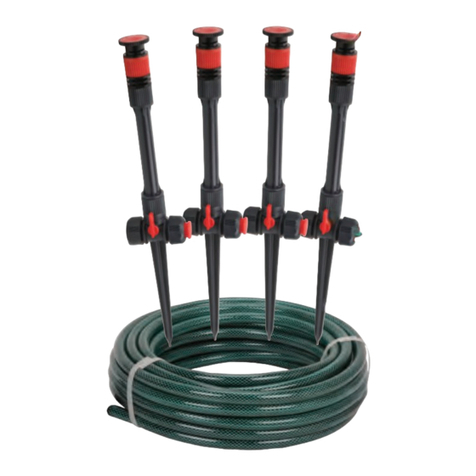
ESFR DRY PENDENT
SPRINKLER VK502 (K14.0)
TECHNICAL DATA
Page 4 of 10
Form No. F_042012 Rev 01 July 2023
The Viking Corporation, 210 N Industrial Park Drive, Hastings MI 49058
T
elephone:
269-945-9501
T
echnical
Services:
877-384-5464
Fax:
269-818-1680
Email:
[email protected]Visit the Viking website for the latest edition of this technical data page www.vikinggroupinc.com
Sprinklers must be handled with care. They must be stored in a cool, dry place in their original shipping container. Never install
sprinklers that have been dropped or damaged in any way. Such sprinklers should be destroyed immediately.
NOTICE
Wet pipe systems must be provided with adequate heat.
Viking ESFR Dry Sprinklers are to be installed into the 2” grooved or 1-1/2” threaded run of malleable, ductile iron tee fittings
that meet the dimensional requirements of ANSI B16.3 (Class 150), or cast iron threaded tee fittings that meet the dimensional
requirements of ANSI B16.4 (Class 125), even at branch line ends.
• DO NOT install the dry sprinkler into a threaded elbow, coupling, or any other fitting that could interfere with thread penetra-
tion. Such installation would damage the brass seal.
• NEVER try to modify dry sprinklers. They are manufactured for specific dimensions and must NOT be modified.
1. The sprinklers must be installed after the piping is in place to prevent mechanical damage. Before installing, be sure to have the
appropriate sprinkler model and style, with the correct orifice size, temperature rating, and response characteristics.
2. For grooved sprinklers, with the sprinkler contained in the plastic protective shield, apply a lube such as Gruvlok XtremeTM. For
threaded sprinklers, apply a small amount of pipe-joint compound or tape to the external threads of the barrel only, while taking
care not to allow a build-up of compound or tape over the brass inlet and seal.
3. For grooved sprinklers, use a crescent wrench or socket applied to a coupling over the sprinkler inlet connection. To install
threaded sprinklers, use a pipe wrench applied to the sprinkler inlet housing. With the sprinkler contained in the protective shield,
install the sprinkler onto the piping, while taking care not to damage the sprinkler.
• DO NOT use any other type of wrench, as this could damage the unit.
• DO NOT use the sprinkler deflector or fusible element to start or thread the sprinkler into a fitting.
• Higher levels of torque may distort the sprinkler inlet with consequent leakage or impairment of the sprinkler.
4. Clean the contact surfaces of the dry sprinkler insulating boot assemblies and the surfaces are recommended to be smooth
and flat.
5. Refer to Figures 1 and 3. Install the dry sprinkler boot assemblies around the dry sprinkler barrel and to the freezer until the
seals rest flush against the top of the freezer.
6. Assemble the rings onto the seals, hold in place, and tighten the screws through the holes provided in the assemblies to secure
the insulating ring to the top of the freezer. NOTE: A #29 drill is required for a pilot hole in metallic ceilings.
7. After installation, the entire sprinkler system must be tested. The test must be conducted to comply with the Installation
Standards. Make sure the sprinkler has been properly tightened. If a thread leak occurs, normally the unit must be removed,
new pipe-joint compound or tape applied, and then reinstalled. This is due to the fact that when the joint seal is damaged, the
sealing compound or tape is washed out of the joint. Air testing the sprinkler piping prior to testing with water may be considered
in areas where leakage during testing must be prevented. Refer to the appropriate technical data and the AHJ prior to air testing
the sprinkler piping. Immediately replace any damaged units, using the designated wrench only.
8. After installation and testing and repairing of all leaks, remove the protective shields from the sprinklers by hand. Do NOT use
any type of tool to remove the shield. When removing shields, use care to prevent damaging sprinkler fusible element. THE
SHIELDS MUST BE REMOVED FROM SPRINKLERS BEFORE PLACING THE SYSTEM IN SERVICE!
9. System design must be based on ESFR design guidelines described in the latest National Fire Protection Association standards,
FM loss prevention data sheets, and the Authorities Having Jurisdiction. All requirements of recognized ESFR storage sprinkler
system design standards apply to systems utilizing Viking ESFR Dry Pendent Sprinklers.
WARNING
Viking sprinklers are manufactured and tested to meet rigid design requirements of the approving agency. The
sprinklers are designed to be installed in accordance with recognized installation standards. System design must
be based on ESFR design guidelines described in the latest edition of Viking technical data, applicable FM Global
Loss Prevention Data Sheets, the latest NFPA Standards, the Authorities Having Jurisdiction, and also with the
provisions of governmental codes, ordinances, and standards whenever applicable. Deviation from the standards
or any alteration to the sprinkler after it leaves the factory including, but not limited to: painting, plating, coating, or
modification, may render the sprinkler inoperative and will automatically nullify the approval and any guarantee made
by The Viking Corporation.


